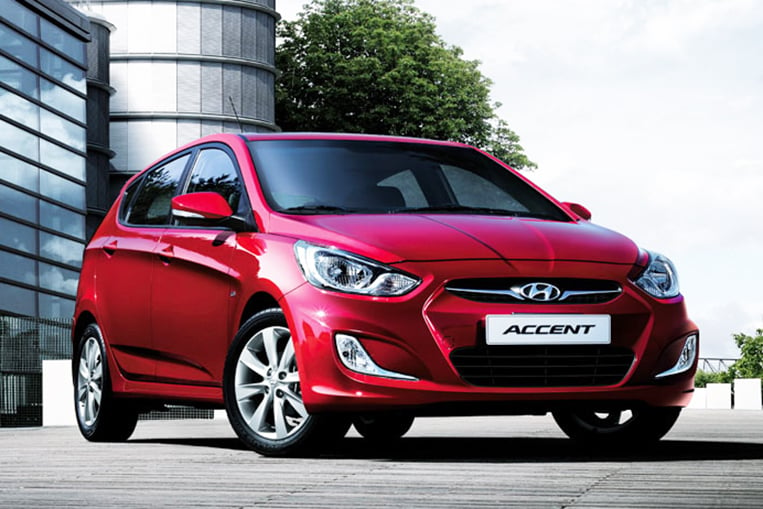
A memorandum circular released by the Land Transportation Franchising and Regulatory Board details the “implementing guidelines during the transition period for the lifting of the moratorium on the acceptance of TNVS (transport network vehicle service) applications.” One of the guidelines, as already widely reported, is the maximum limit of just three vehicles per TNVS operator.
But another guideline is causing quite a buzz in certain motoring quarters. This is about the provision for hatchbacks as eligible TNVS vehicles. In the above-mentioned memo, the LTFRB states the following:
Hatchbacks and other four-door compact or smaller sedans with an engine displacement of not less than 1,200cc may be allowed as proposed units or substitute units provided they are compliant with the minimum dimensions and safety and comfort features prescribed under Memorandum Circular No. 2015-004.
The required minimum dimensions, according to LTFRB board member Atty. Aileen Lizada, are:
- Overall length – 3,990mm
- Overall width – 1,625mm
- Overall height – 1,455mm
- Wheelbase – 2,404mm
The smaller sedans can more easily clear these dimensions—particularly the length—because they’re longer than their hatchback counterparts (which don’t have trunks). So, in the service of those individuals planning to become TNVS operators, we’re listing down the hatchbacks in our market and whether they pass the given engine-displacement and size requirements. Note that we’re only including subcompact and mini hatchbacks from mass-market brands.
If a hatchback is indicated as OKAY, it means it has at least an engine displacement of 1,200cc (or a rounded-off figure, as standard industry practice dictates), and is sized according to LTFRB requirements. If a hatchback is indicated as NOT OKAY, we point out why this is the case.
* BYD F0 – NOT OKAY (1.0-liter engine; inadequate length, width and wheelbase)
* CHEVROLET SPARK – NOT OKAY (inadequate length, width and wheelbase)
* FORD FIESTA – NOT OKAY (inadequate length)
* HAIMA 1 – NOT OKAY (inadequate length, width and wheelbase)
* HAIMA 2 – NOT OKAY (inadequate length)
* HONDA JAZZ – OKAY
* HONDA BRIO – NOT OKAY (inadequate length and wheelbase)
* HYUNDAI ACCENT – OKAY
* HYUNDAI EON – NOT OKAY (0.8-liter engine; inadequate length, width and wheelbase)
* KIA PICANTO – NOT OKAY (inadequate length, width and wheelbase)
* KIA RIO – OKAY
* MAZDA 2 – OKAY
* MG 3 – OKAY (unless you’re 40 years old or older)
* MITSUBISHI MIRAGE – NOT OKAY (inadequate length)
* SUZUKI ALTO – NOT OKAY (0.8-liter engine; inadequate length, width and wheelbase)
* SUZUKI CELERIO – NOT OKAY (1.0-liter engine; inadequate length and width)
* SUZUKI SWIFT – NOT OKAY (inadequate length)
* TOYOTA WIGO – NOT OKAY (1.0-liter engine; inadequate length and width)
* VOLKSWAGEN POLO – NOT OKAY (inadequate length)
Our verdict of “NOT OKAY” is based entirely on quoted LTFRB requirements. We’re just not sure if the agency will grant some leeway to certain models that miss just a single requirement (length, for instance) by a mere whisker.
Also, we don’t know what exactly the “safety and comfort features” mentioned in the memo are. But based solely on the LTFRB’s engine displacement and exterior dimension specifications, the above is how the local small hatchbacks would fare if considered as possible TNVS vehicles.


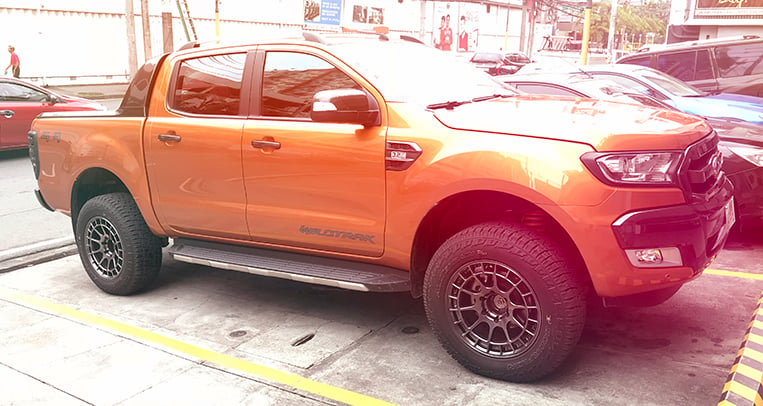

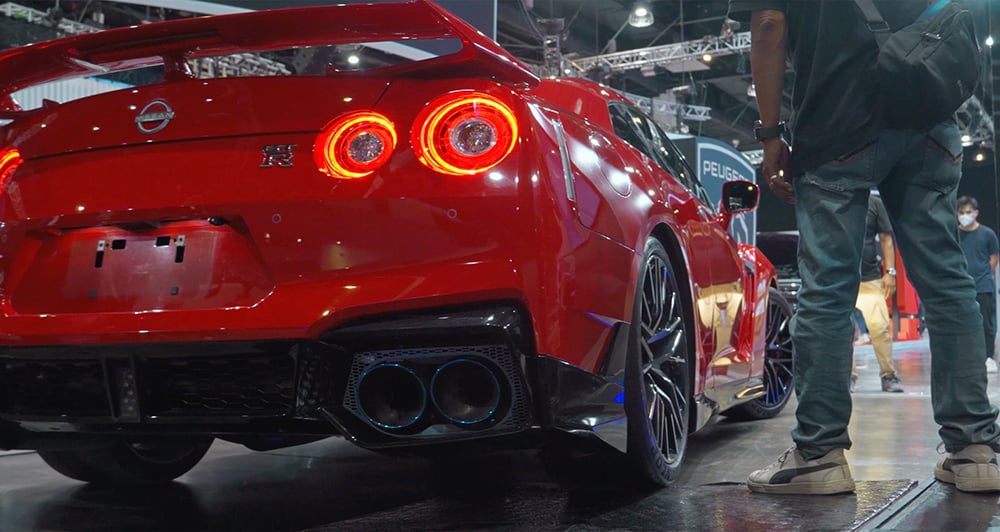
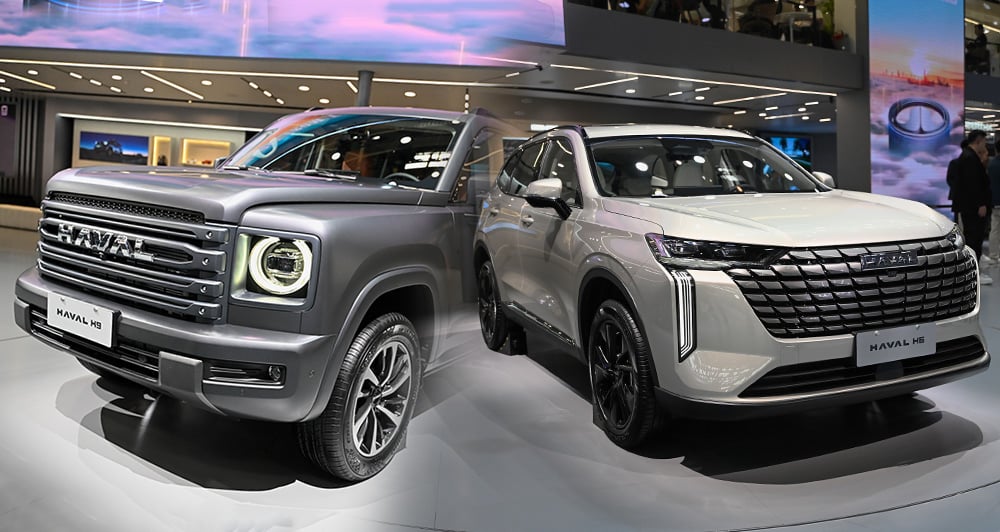


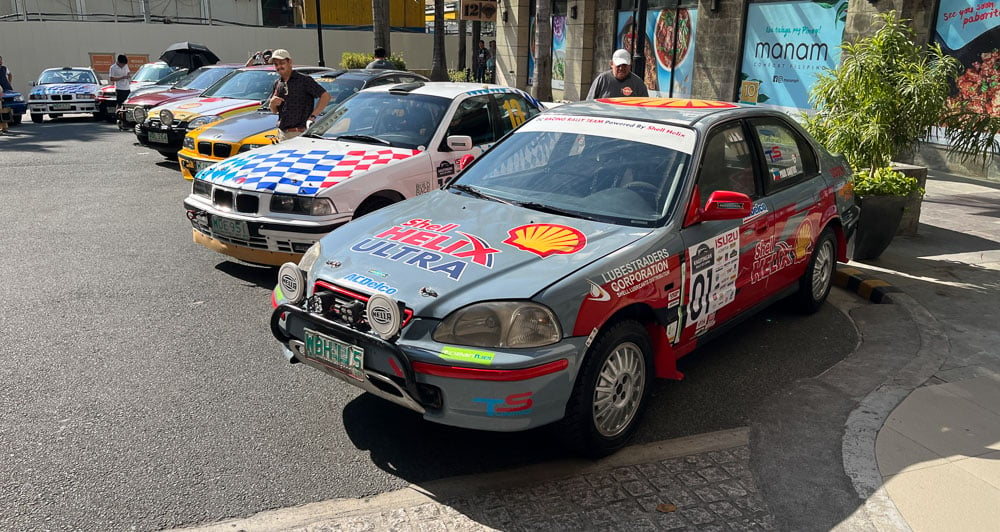
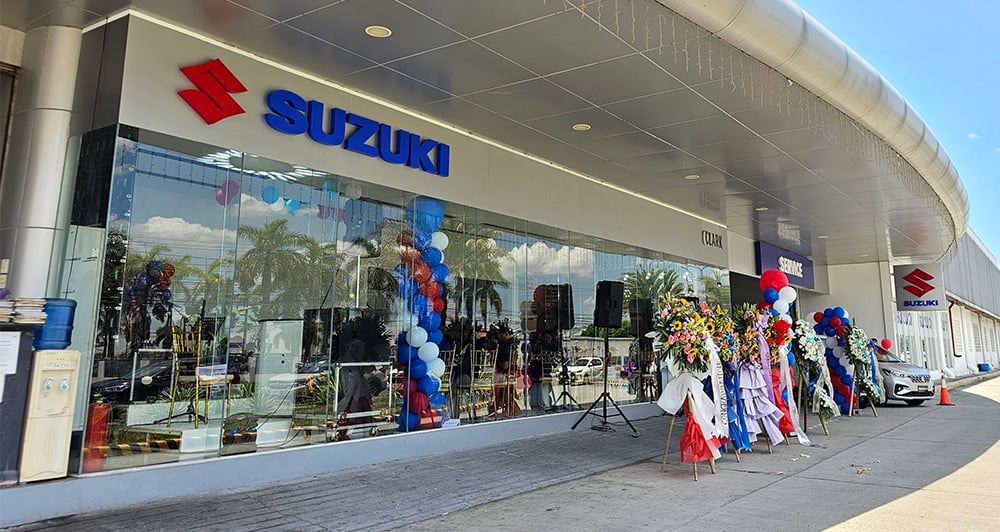
Comments